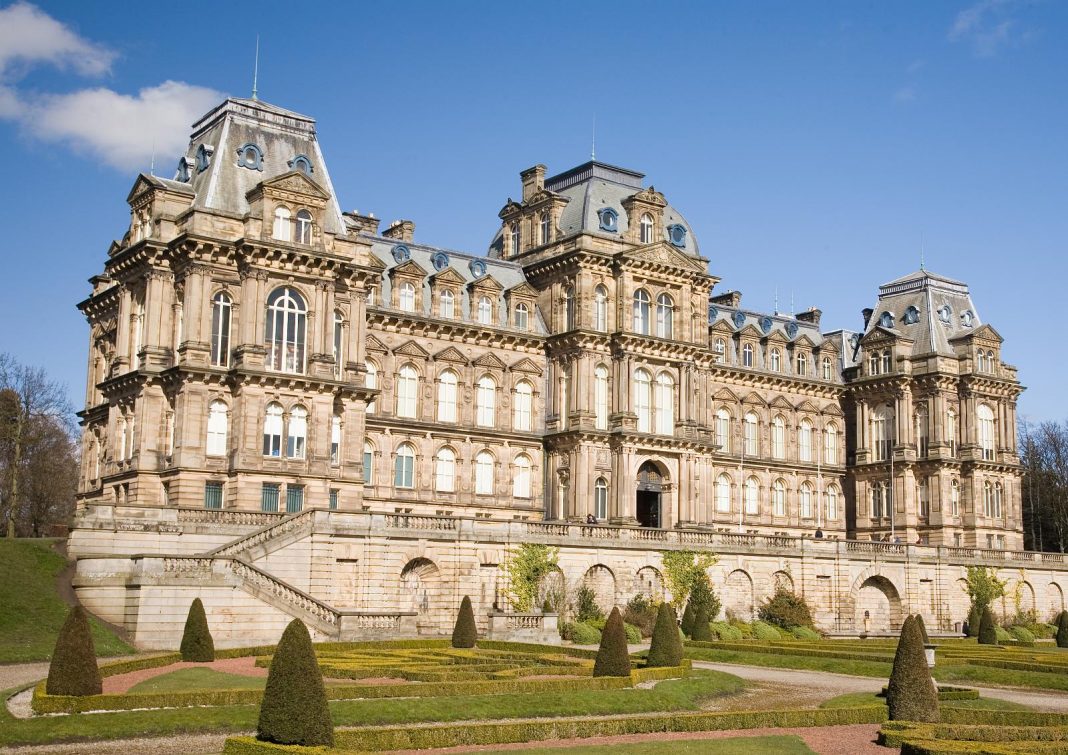Art experts recently discovered a hidden treasure highly appropriate to the Festive Season.
Art conservators – from Newcastle’s Northumbria University – x-rayed a painting and found that it had another painting underneath it.
The picture they x-rayed – a centuries-old depiction of the beheading of John the Baptist – obscured another painting showing the nativity of Christ.
The painting of John the Baptist is kept in Bowes Museum in County Durham. Upon it being x-rayed, the conservators were able to make out a baby in a manger, angels with halos and what appeared to be the outline of a stable.
There is even what seems to be one of the Three Wise Men, holding his arms out as if offering a gift.
The John the Baptist painting – thought to be about 400 years of age – is medieval in style and was probably once part of an altarpiece. The painting – as was usual in that period – was executed on a canvas spread over a large panel made of wooden planks.
As the wooden structure was in poor condition, the experts were examining it to see how they could conserve the painting. That was when they discovered the little ‘Christmas wonder’ hiding behind the main image.
Nicky Grimaldi, a senior lecturer in conservation of fine art at Northumbria University, said, “It was such a lovely surprise to see the nativity scene revealed underneath the painting.”
“It really is quite unusual to find paintings hidden in this way and to discover a nativity scene in this detail and just before Christmas was really incredible.”
“It is clear that the painting is in a poor condition and has been for some time. The panel behind it is made up of several pieces of wood and where these join together there has been significant paint loss over the years.”
“Our initial aim was to understand why this is occurring and recommend solutions to ensure the painting can be protected for years to come.”
“The first stage of most investigations of this kind is to carry out an x-ray to understand what is going on underneath the layer of paint we see on the surface. That was when we realised there was more to the painting than we originally thought.”
Speaking of the nativity scene they uncovered, Nicky said, “It was common practice to apply gold leaf to these types of religious paintings and in the x-ray we can see that gold is present in the halo around the baby’s head.”
“Incredibly we can see lines over the x-ray image which we believe to be preparatory drawings, showing where the painting was probably copied from an original drawing (cartoon).”
“Those lines were subsequently filled with another paint layer such as lead white which allows them to be visible on the x-ray.”
The next step will be to test small samples of paint from the picture using Northumbria University’s cutting-edge equipment and techniques.
Bowes Museum’s head of collections, Dr Jane Whittaker, said, “We’re simply delighted and astounded to discover that this 16th-century work was hiding such a wonderful secret and to find out at this time of year is really quite fortuitous.”
“It’ll be really interesting to find out more about it as Northumbria University continue their investigations.”
(This article’s featured image, showing Bowes Museum, is courtesy of Alden Chadwick from Wikimedia Commons.)




















